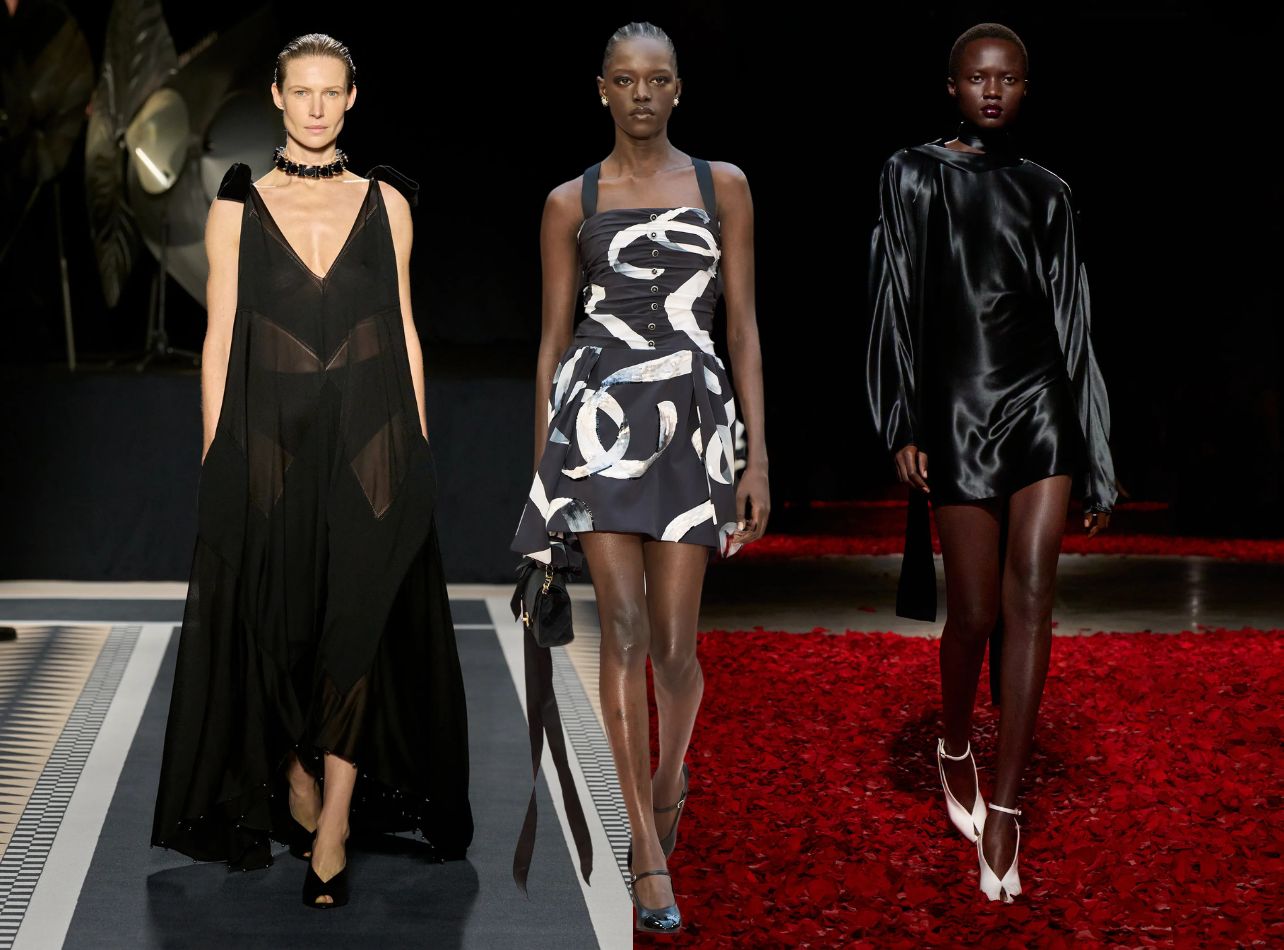When Alber Elbaz initially took the helm at Lanvin in 2001, the Parisian fashion house was a dormant powerhouse, boasting a storied past but lacking modern appeal. Through his leadership, Lanvin underwent a period of artistic revival, distinguishing itself from other high-end fashion labels. Elbaz’s impact at Lanvin was characterized by several unique aspects, such as his unparalleled design philosophy, dedication to meticulous artistry, and his remarkable ability to engage with both famous personalities and ordinary women.
Redefining Sophistication with Ingenuity
Elbaz’s design philosophy incorporated a contemporary view of traditional femininity. He famously stated, “I love women, and I wanted to make them feel beautiful and comfortable.” His designs for Lanvin were distinguished by their flawless draping, opulent fabrics, and striking yet flowing shapes. In contrast to the stiff structures prevalent in the early 2000s, his works celebrated motion, feeling, and allure.
Among his most renowned collections, the Fall 2008 ready-to-wear line was notable for its pioneering application of raw-edged silk and intricate pleating. Reviewers lauded the collection for merging Parisian elegance with a whimsical, unconventional spirit. Elbaz’s genius resided in rendering haute couture-level artistry both contemporary and approachable.
Clothing That Empowers Women
At the core of Elbaz’s approach at Lanvin was the conviction that clothing should uplift women, rather than make them feel daunted. He dismissed the concept of “authoritarian” fashion, frequently articulating his aim to design apparel that women genuinely desired to wear, not merely to observe on a catwalk. This was demonstrated by his preference for functional elements—gowns that could be put on without fasteners, adaptable sashes and fastenings, and materials that prioritized ease without compromising opulence.
His Spring 2011 collection exemplified this ethos by cleverly blending utilitarian functionality with glamour through one-shouldered metallic dresses accessorized with chunky jewels. The looks were celebratory but accessible, and the models appeared confident and at ease, reflecting Elbaz’s intention to dress “real women.”
Masterful Storytelling and Emotional Connection
What set Elbaz apart from many of his peers was his knack for imbuing collections with a rich narrative and profound emotion. His presentations frequently conveyed feelings of happiness, longing, and human connection. Instead of depending purely on grand displays, Elbaz drew his viewers into a gentle, almost personal world. To mark his 10th year at Lanvin, he paraded down the runway alongside seamstresses, highlighting the collaborative effort and skilled craftsmanship involved in every piece of clothing.
This focus on narrative also extended to his branding strategies. The now-iconic Lanvin campaign, featuring models and non-models alike in joyous, candid poses, subverted industry norms and fostered an authentic sense of inclusivity.
Innovation in Collaborations and Red Carpet Strategy
Elbaz spearheaded a contemporary method for partnerships and celebrity interactions. Although numerous fashion houses kept their most impressive creations for internal showcases, Elbaz made high fashion more accessible by partnering with retailers such as H&M in 2010. This collection was completely sold out in a matter of hours, bringing the Lanvin style to a significantly broader public and demonstrating Elbaz’s keen insight into changing consumer trends.
Under Elbaz’s direction, Lanvin’s presence on the red carpet saw a significant surge. His creations for actresses like Meryl Streep, Natalie Portman, and Tilda Swinton achieved a blend of elegance and accessibility, frequently selected for their wearability as much as their striking visual effect. Elbaz’s mastery of draping, materials, and accessories produced iconic looks that defined red carpet fashion for an entire era.
Redefining the Position of the Creative Director
In addition to his design prowess, Elbaz’s approach to leadership redefined the expectations for a creative director within the luxury fashion sector. He was recognized for his modesty, sharp intellect, and deep understanding, frequently attributing the brand’s achievements to his dedicated team of seamstresses and colleagues. This cooperative ethos cultivated a setting where new ideas thrived, playing a crucial role in Lanvin’s artistic achievements.
In contrast to certain more mysterious or attention-grabbing creative directors of that period, Elbaz came across as both relatable and accessible. His distinctive bow ties and spectacles served as an emblem of charming individuality, solidifying both his singular personal identity and the brand’s accessible interpretation of opulence.
Lasting Heritage
Alber Elbaz’s period at Lanvin stands as a definitive example in modern fashion due to its effortless fusion of heritage and novelty. His contributions not only breathed new life into Lanvin as an enterprise but also established a fresh paradigm for contemporary sophistication grounded in emotional depth and utility. The fashion industry consistently examines his ranges and managerial approach, highlighting the significant impact a single designer can achieve by valuing empathy, narrative, and genuine rapport over transient fads or business tactics.

